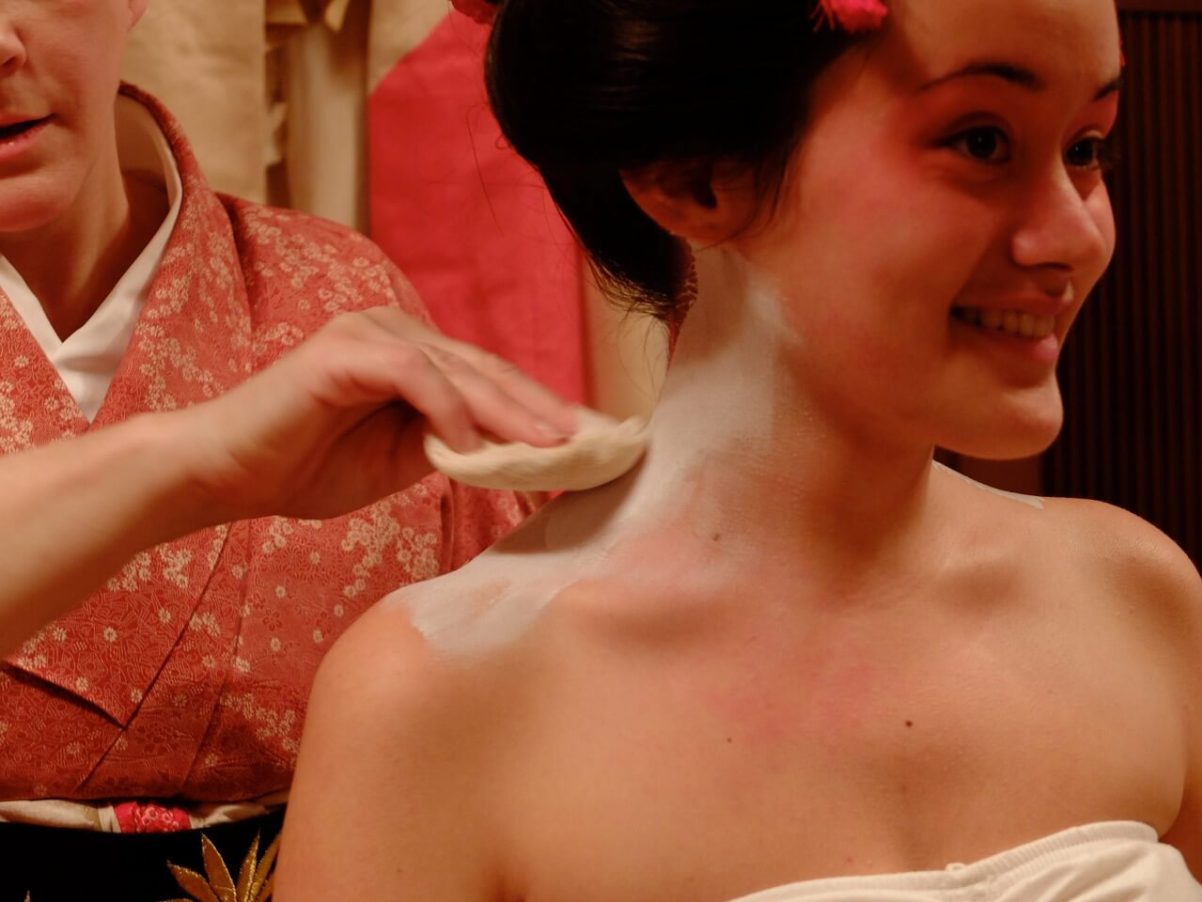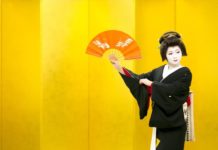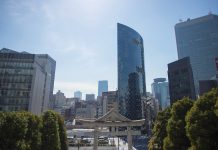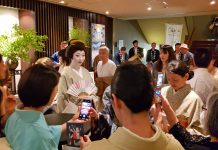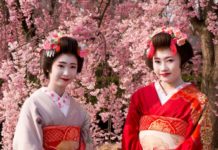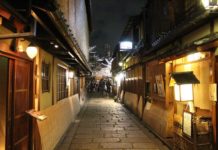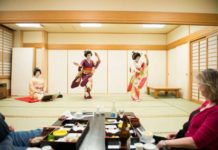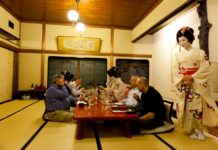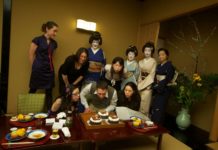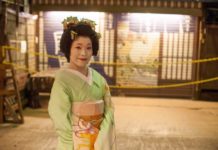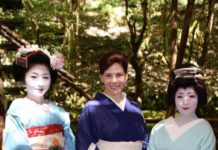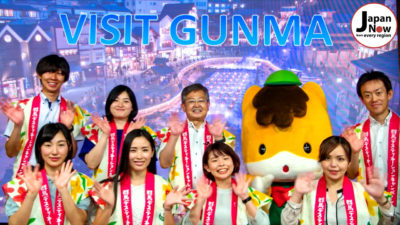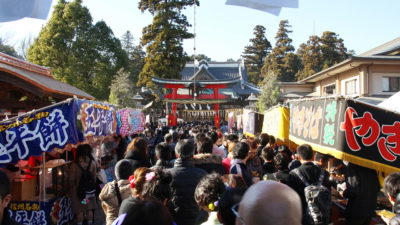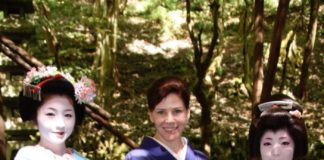From Academia to Geisha: The Journey of a Unique Career Change
Before I became a geisha I was lecturing in Japanese Studies at university and making anthropological documentaries for broadcasters like National Geographic Channel or Channel 4 (UK), or writing.
After I became a geisha, and then decided to continue working as a geisha at the end of the first year, I sometimes had qualms about the wisdom of completely abandoning my academic career.
Breaking New Ground: The First Geisha Lecturer at Japanese Universities
That dilemma was nicely resolved a year after my debut. I had gone to visit the President of Keio University, my alma mater, to ask if we could organize a banquet for foreign students. Instead, Mr. Anzai asked me to lecture at Keio on Geisha Studies.
My geisha mother had warned me many times never to mention the word “education” in front of the older geisha. Education was a sensitive issue as many of the older geisha were primary school graduates, and it is only recently that many new recruits to the geisha world are university graduates.
So what on earth would be the reaction of my older geisha sisters to the thought of an actively practicing geisha lecturing at university? I could not even begin to imagine what would happen. But, as with everything else I did as a geisha in Asakusa, I asked for and received permission from both my geisha mother and from the geisha office. As it happens, not one single time either then or after, did a single geisha make any comment at all about me lecturing. And as the last lecture that I did each term involved all the students coming to a banquet in Asakusa as the customers, many of the geisha I worked with in Asakusa met my students. Now, that I have my own independent geisha house and work with geisha from all over Tokyo, geisha from almost all the districts have met my students. And geisha from Asakusa still regularly attend my banquets.
So it was that I became the first geisha ever to be employed as a lecturer, and my classes were the first time that any Japanese university has ever had lectures on “Geisha culture.” In the end this is something that is very positive for the geisha world. My students are all fluent in several languages and will leave their elite universities for elite international careers. I hope the hundreds of students I have taught by now have fond memories of their time studying geisha culture and will become customers in the future. And teaching Geisha Culture at university helps to concrete the idea of Geisha Culture as a legitimate and serious subject in the minds of bureaucrats and educationalists.
I like taking my students out of school for a third of their classes. They meet an older geisha to hear about the old days in Shimbashi and Yanagibashi, go to see geisha dances in Kyoto or Tokyo, watch my trainees have their dance classes with one of the senior geisha, and tour a geisha district and tea-houses and meet with the tea-house mothers.
Inside the Geisha World: The Process of Maiko Transformation and Training
And they also get to do “hangyoku henshin” (maiko transformation) or dress up as little geisha themselves (hangyoku is the Tokyo word for maiko, or young geisha). I mostly dress them with the help of my current trainee geisha, but they have to learn to do their makeup themselves.
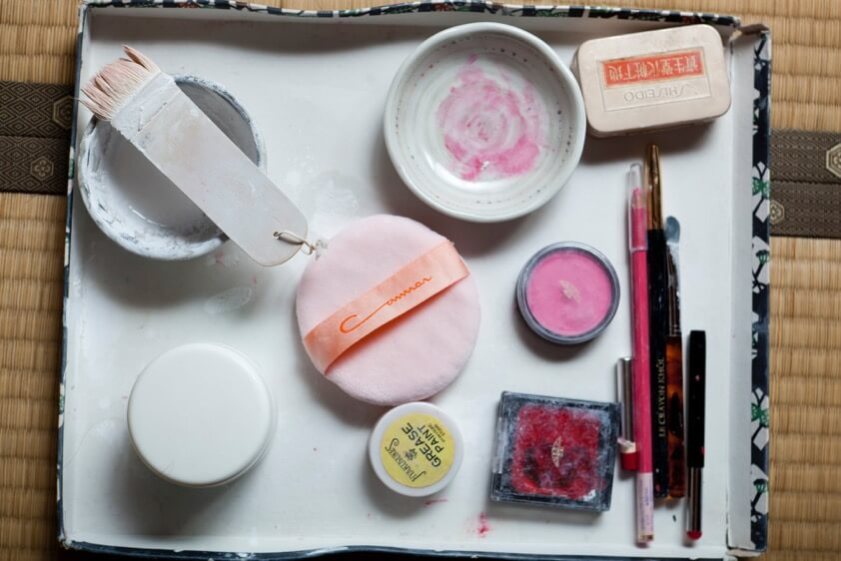
First they put on a layer of wax called bintsuke abura, that protects their skin from the white makeup. The white makeup is a kind of talc these days, mixed with water.
Before the white paste is painted on the girls put a bright pink color around their eyes and cheeks leaving the bridge of their noses white. This color is like blusher and gives texture to the face. The white layer covers the pink and it takes some practice to get the right amount of pink so that it shows through the white not too brightly but is still visible.
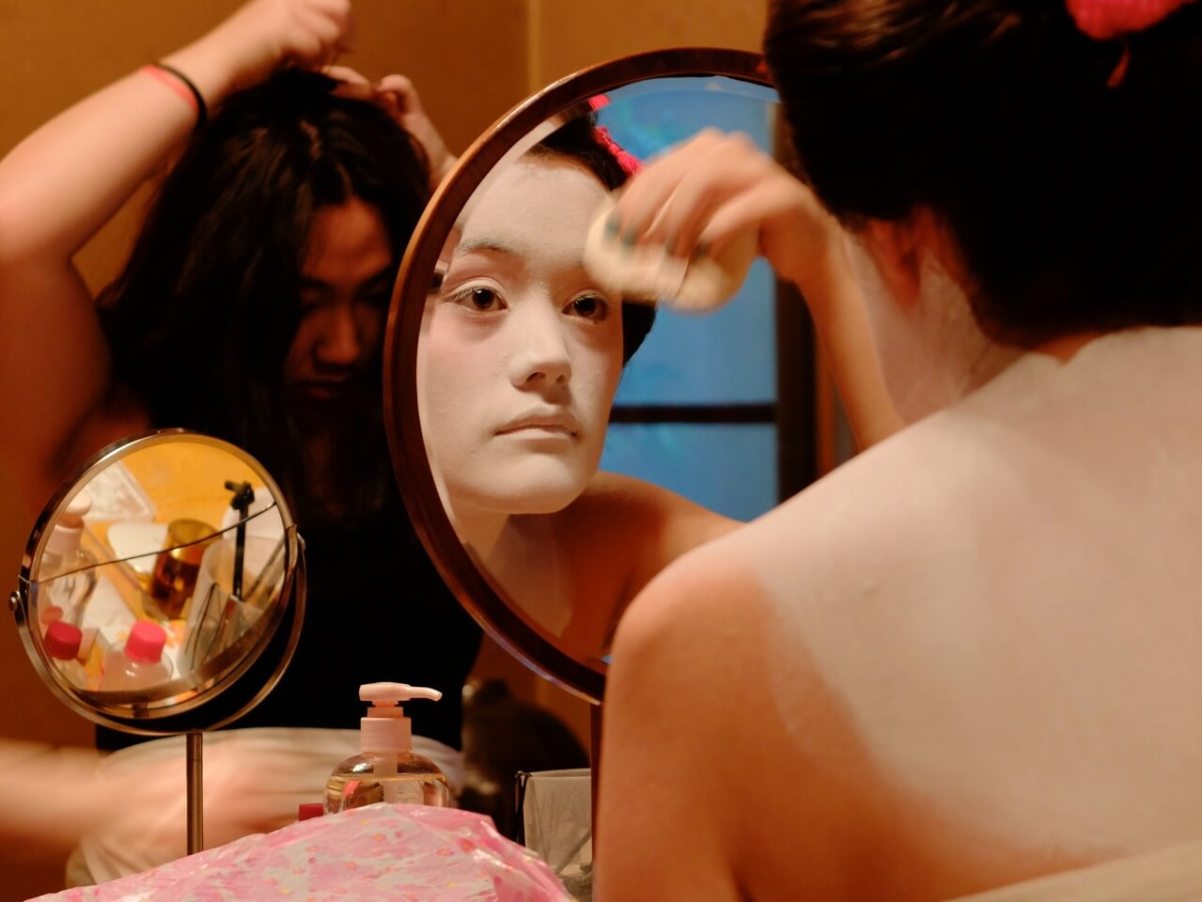
Next comes a splash of vermilion red directly on the upper eyelids to lengthen and accentuate the black Asian eye. The eyebrows also are colored in charcoal black but have touches of red at both ends.
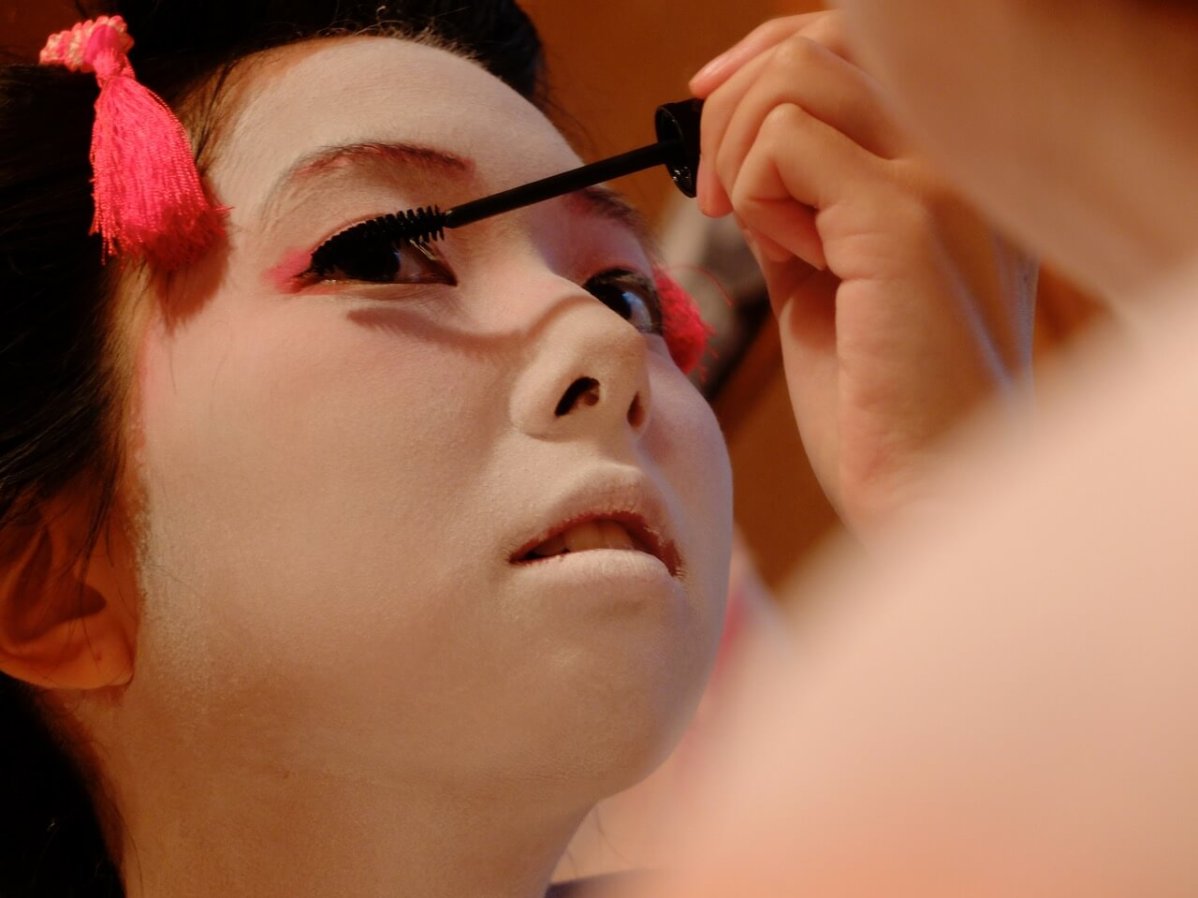
The geisha’s whole look displays little touches of red in her undercollar, in the tie-dye splashes of red in her obijime ties, and in her makeup. The startling contrast of red, white and black, makes any Asian woman look beautiful. Next comes thick black eyeliner, and lastly the distinctive deep red pout of the geisha mouth.
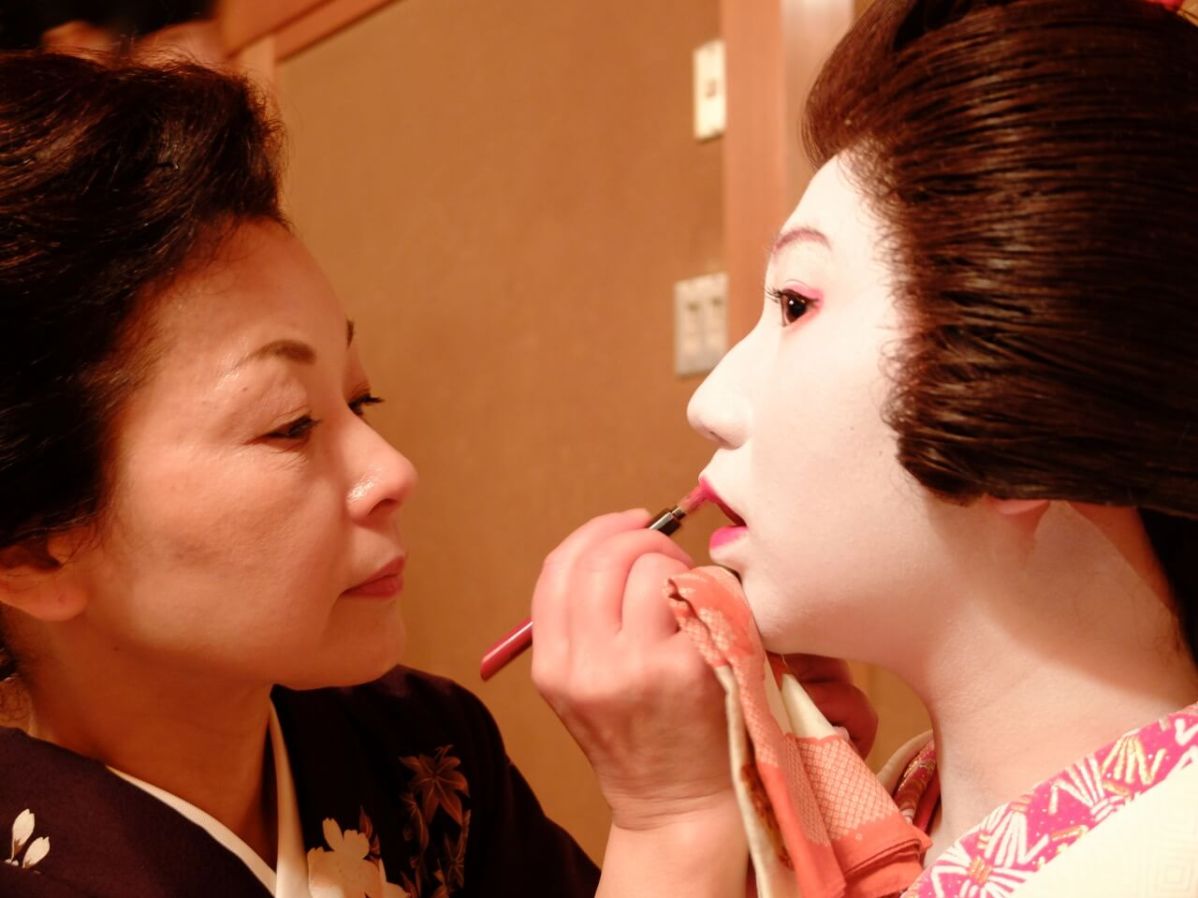
It takes all day long to make up and dress my students. In the photos here we were lucky to enlist the help of a tea-house mother in Otsuka district (Tokyo) who kindly allowed us to get dressed in her tea-house, and one of my older geisha sisters in Otsuka helped us out for the day.
I have enough kimono to have several trainees in my geisha house wear a different kimono every month of the year so there is no problem having enough kimono for all my students. But some things I need to borrow and one of my wonderfully cooperative older geisha sisters in Mukojima district lends me the seasonal hair ornaments that I don’t have enough of each term for the students.
The girls get ready one by one and take a walk around the geisha district while waiting for the last ones to finish dressing. We can’t wait too long….girls who are not used to wearing kimono have a lot of trouble staying together and neat!
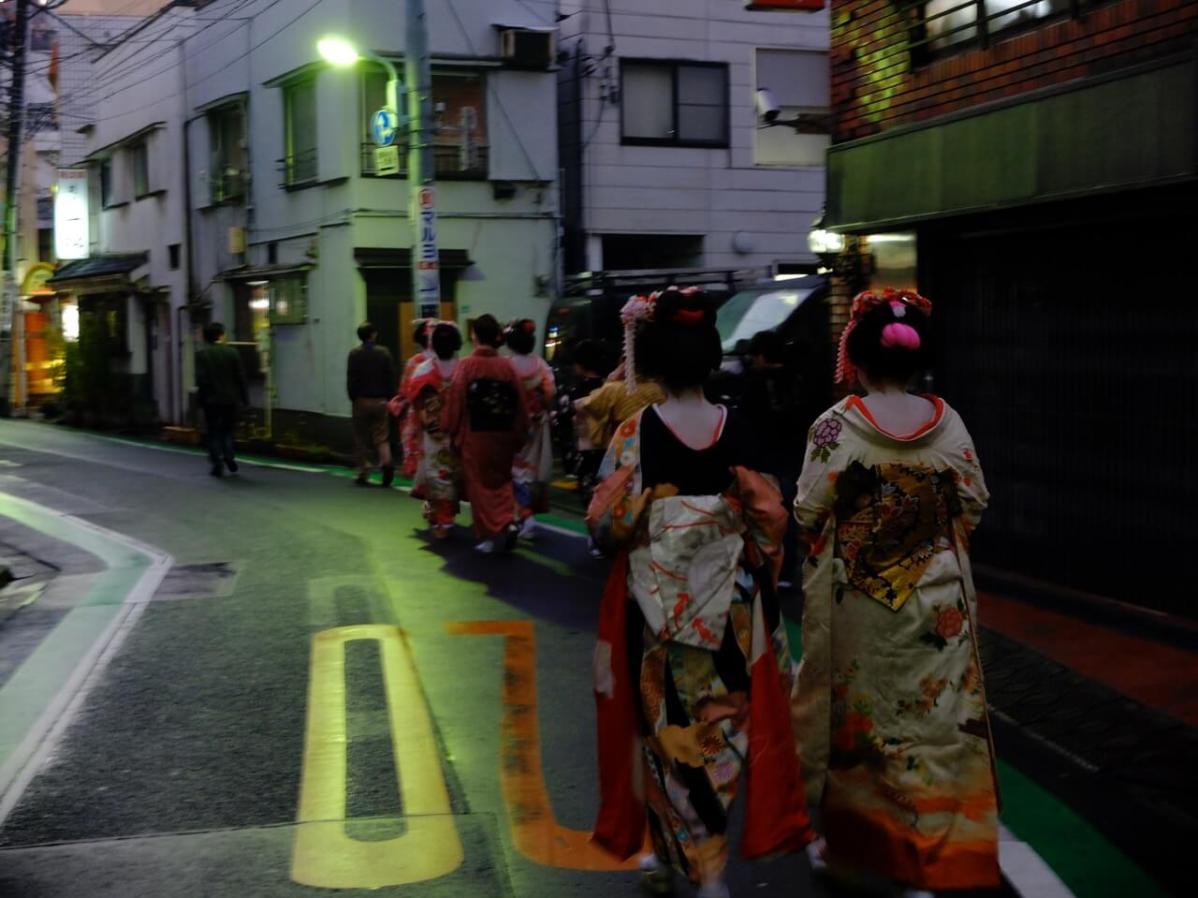
Finally, towards evening, when all the girls are ready we take the final photo…here you can see the Otsuka geisha and tea-house owner in front of the tea-house with my young students. How do they look?
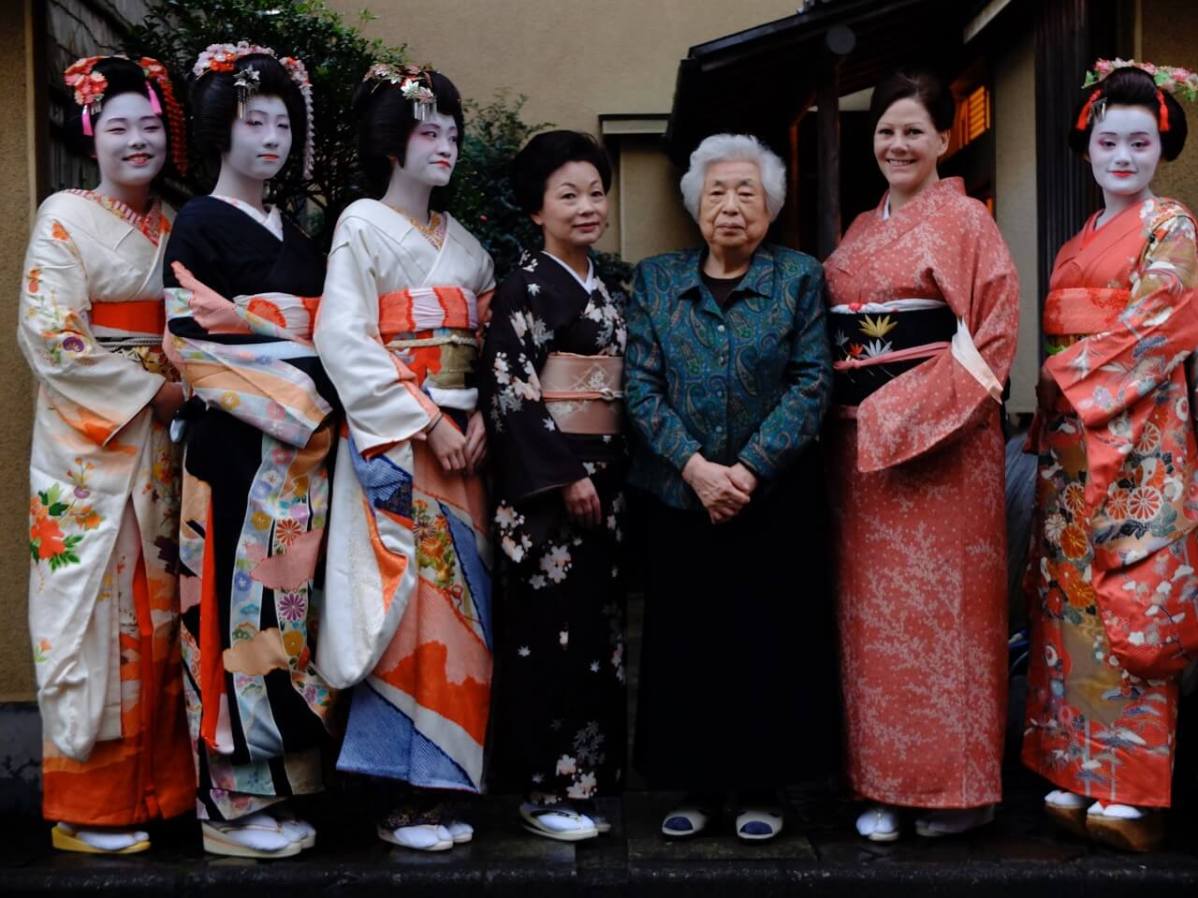
Sayuki welcomes new trainees in her Yanaka-based geisha house that have a strong interest in traditional Japanese culture, perfect Japanese, and long-term residency.
 0
0

